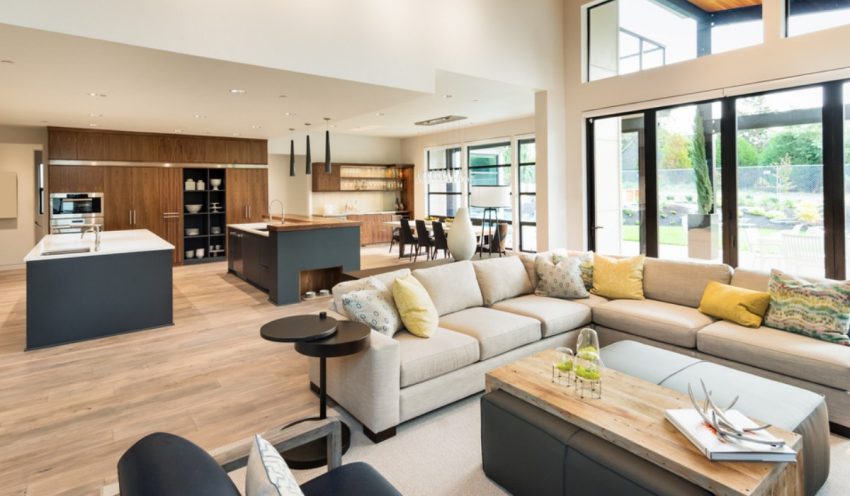Beyond mere appearance, home design profoundly affects our emotions and well-being. Our attitude, energy, and general environment can all be affected by the colors we decide upon for our homes. Knowing color psychology can enable you to design a house that not only looks great but also feels harmonic and inspiring. Therefore, learn here how to apply these principles effectively.
Warm Colors: Motivational and stimulating
Warm colors like red, orange, and yellow inspire passion and vitality. Red is a strong, dramatic color that is well-known to inspire appetite and conversation, hence it’s a perfect choice for dining rooms. Orange radiates warmth and brightness, perfect for living rooms and other social areas. Often connected with optimism and happiness, yellow performs well in kitchens or home offices where it can encourage invention and positivism.
Cool Colors: Stillness and Relaxation
Calming benefits of cool colors including blue, green, and purple are well documented. Blue is a great choice for bathrooms and bedrooms since it encourages peace and tranquilly. The color of nature, green, gives any area harmony and rejuvenation. It works especially well in living rooms or home offices as peace is really vital. Purple, connected with creativity and luxury, can accentuate areas like reading corners or bedrooms.
Neutral Tones: flexible and timeless.
Depending on how they’re combined, neutral tones like white, beige, and gray are flexible choices that can set the tone for many moods. White makes areas seem bigger and fosters openness and cleanliness. Perfect for design of comfortable living rooms, beige offers warmth and tenderness. Depending on its hue, gray, a sleek and stylish neutral, can be a striking statement or a soothing background.
Strong Accents: Adding Personal Character
One excellent approach to add flair to your house without overpowering the space is with accent colors. While flashes of vivid hues like turquoise or coral can energize a neutral palette, deep jewel tones like emerald green or sapphire blue can evoke luxury. Balance the tone of a room with these accessories in pillows, rugs, or artwork.
Think through space and illumination.
The impression of colors depends much on lighting. Natural light enhances the brightness of colors, while artificial light can alter their tones. Test colors in different lighting conditions before committing to ensure they achieve the desired mood.
By understanding the psychology of colors, you can design a home that reflects your personality and nurtures your emotional well-being. Thoughtful color choices can transform your living space into a haven of comfort and inspiration; learn here how to make the best selections.
